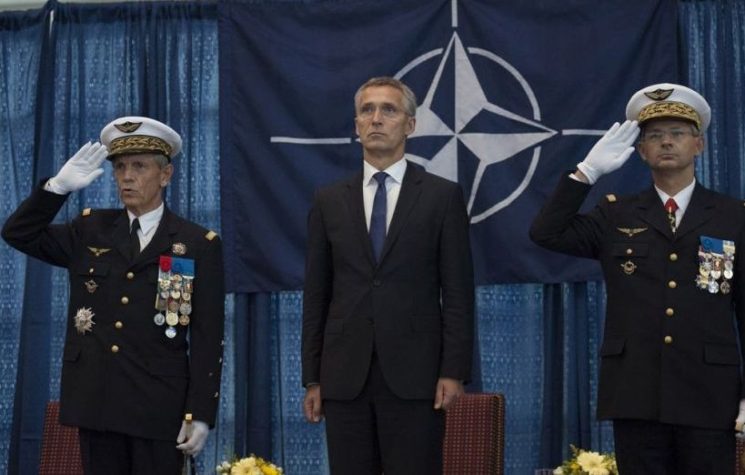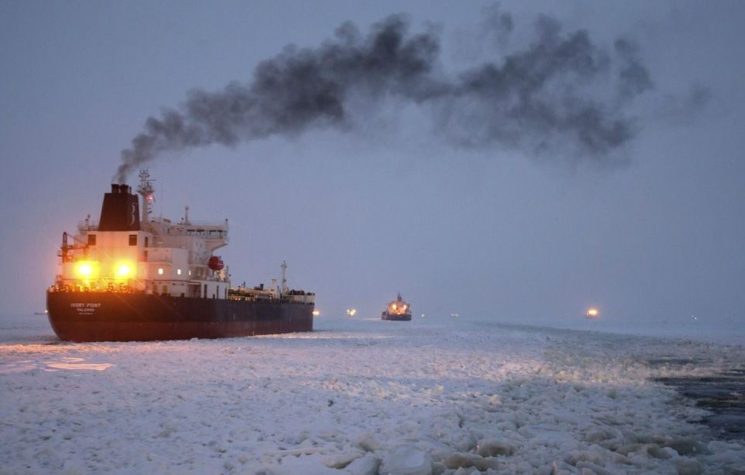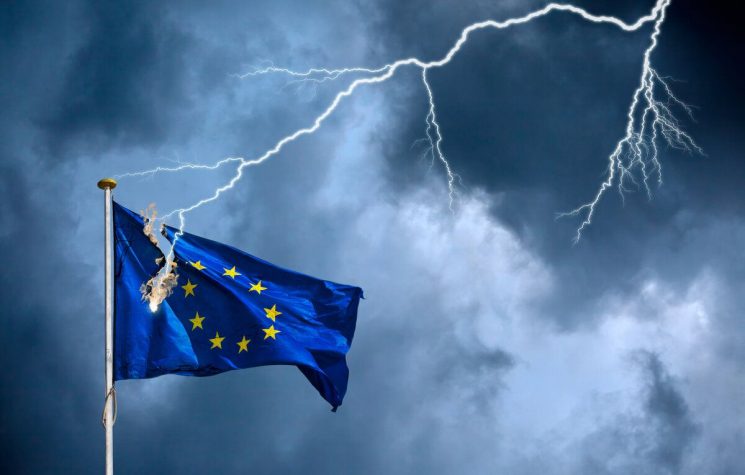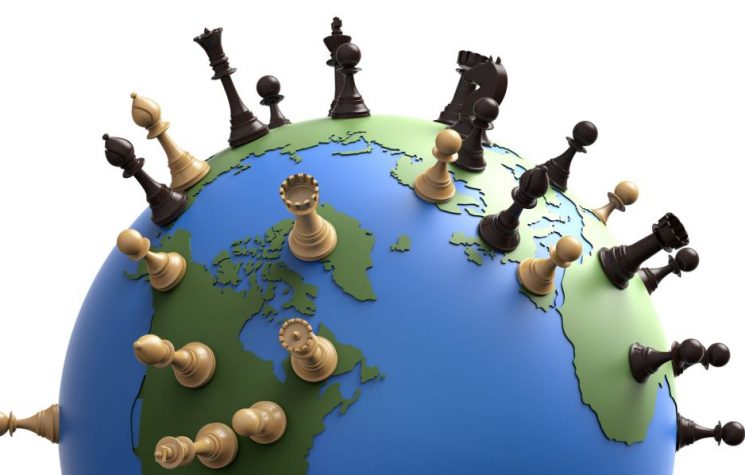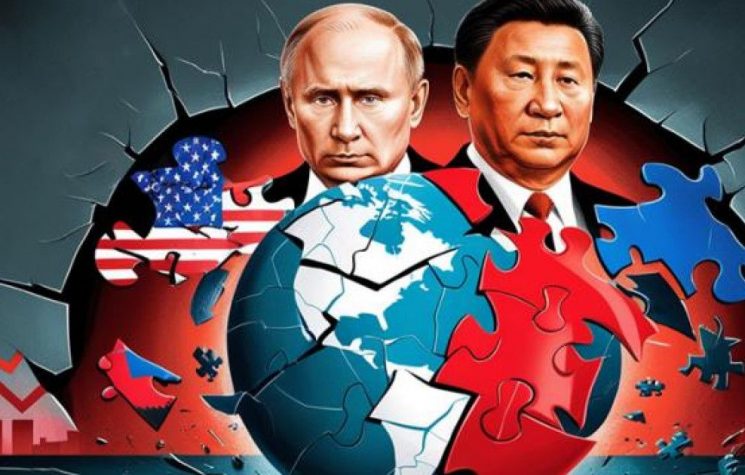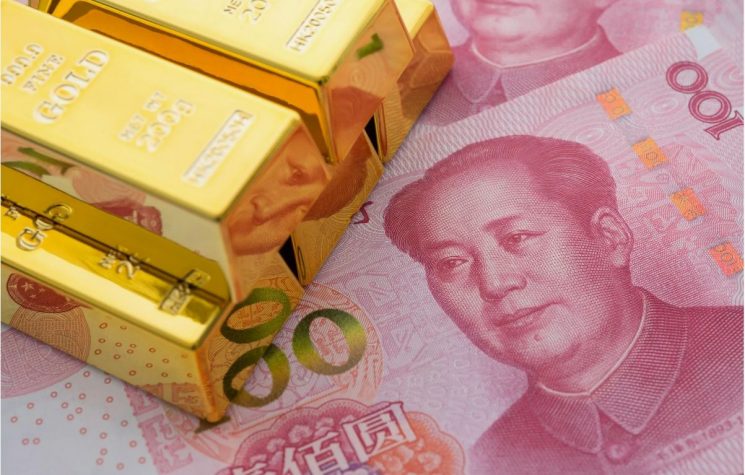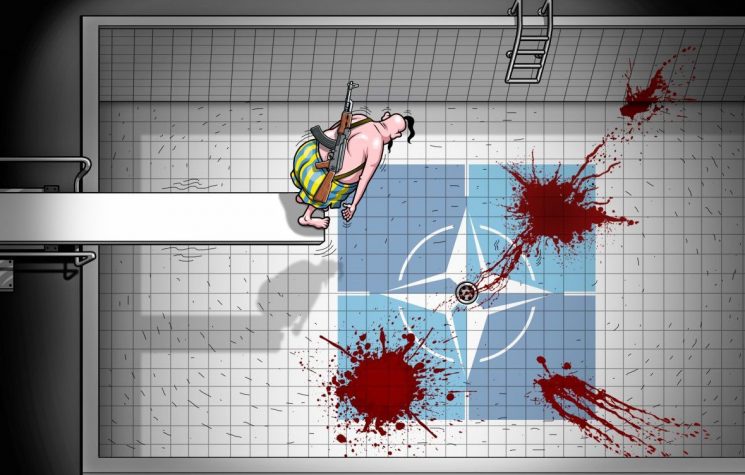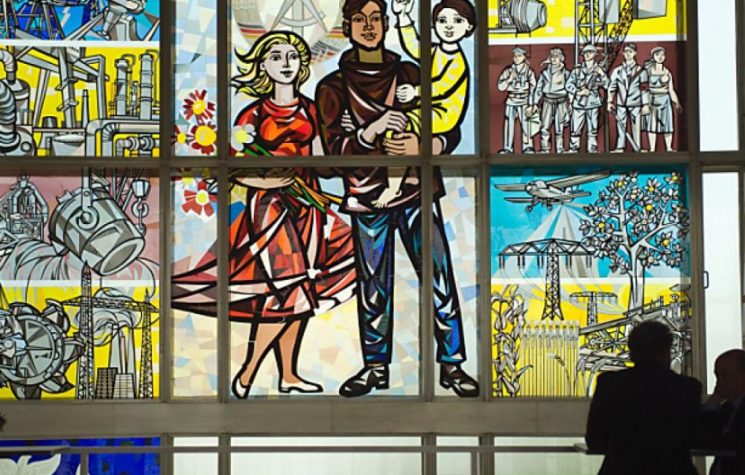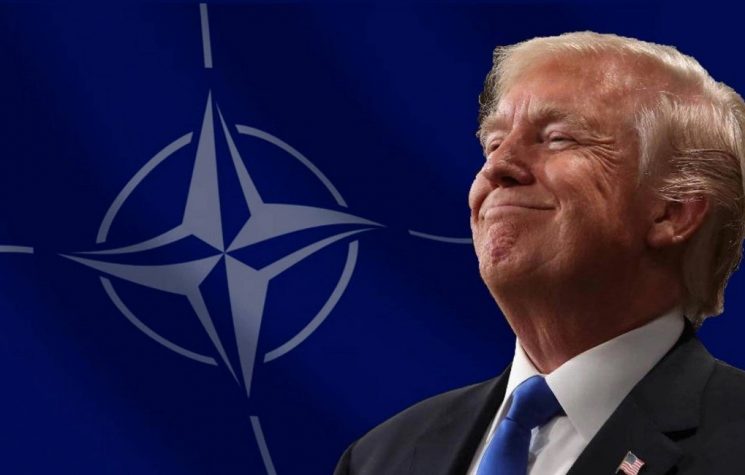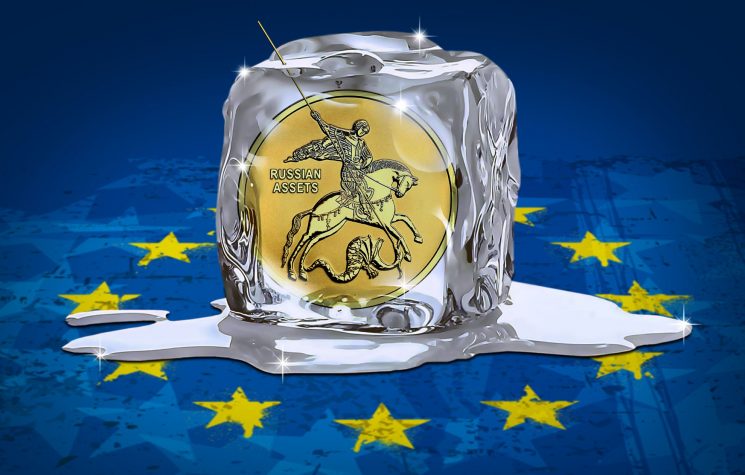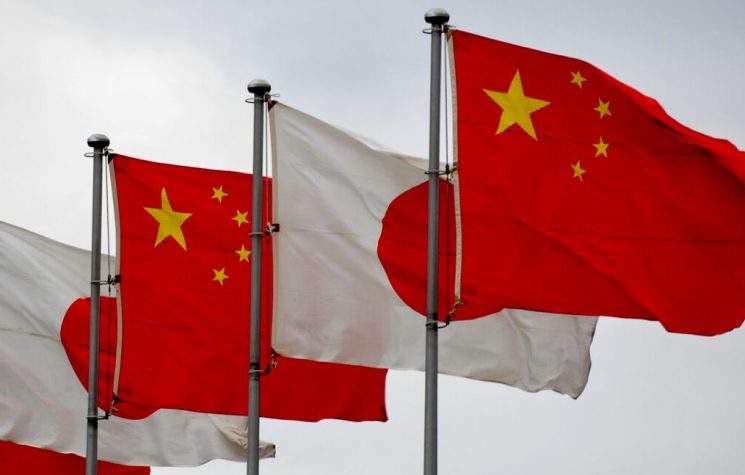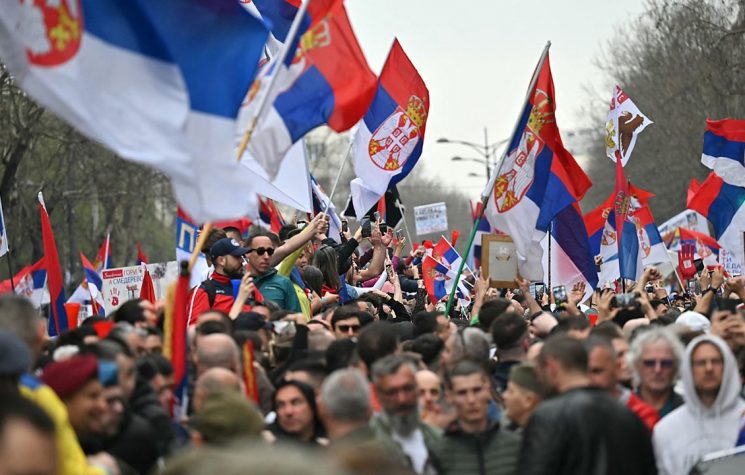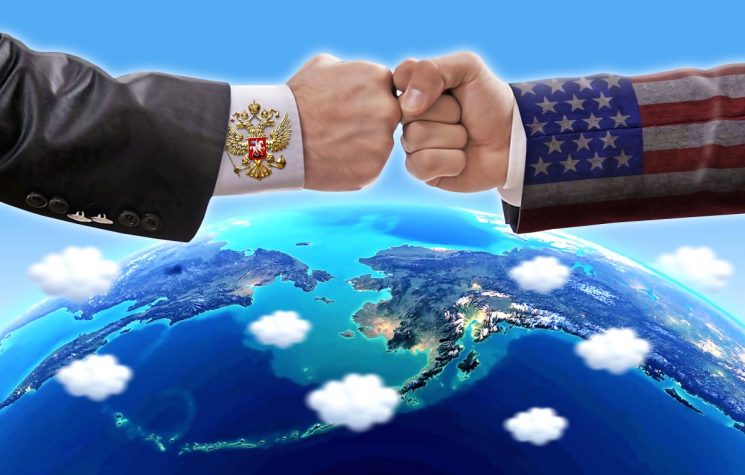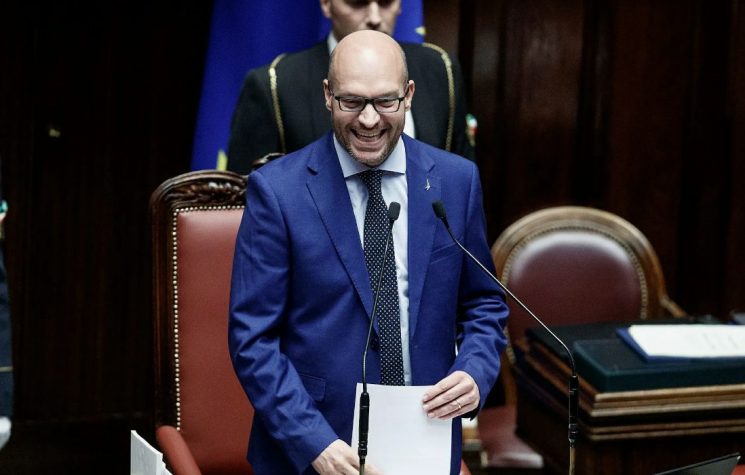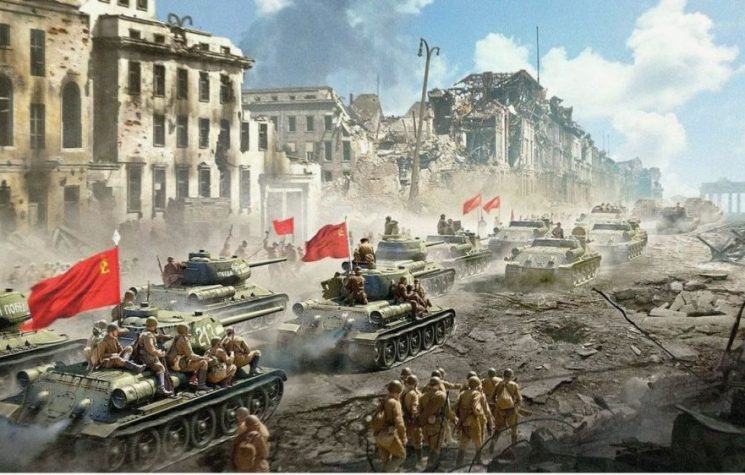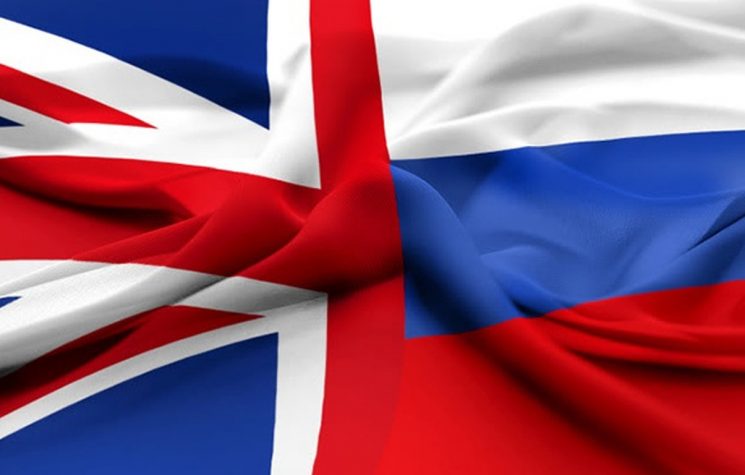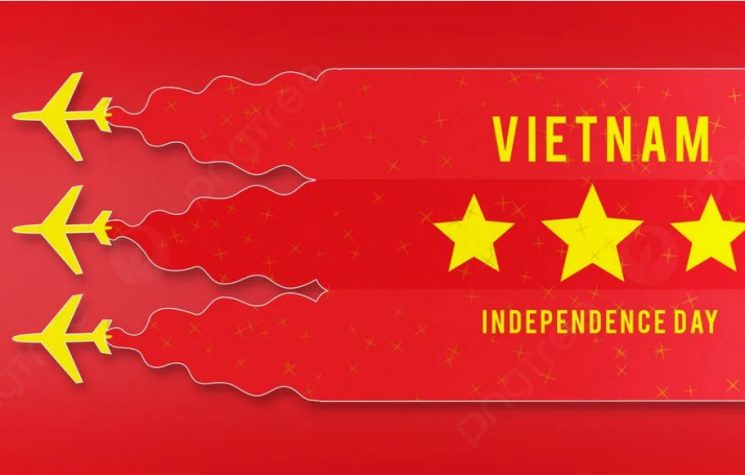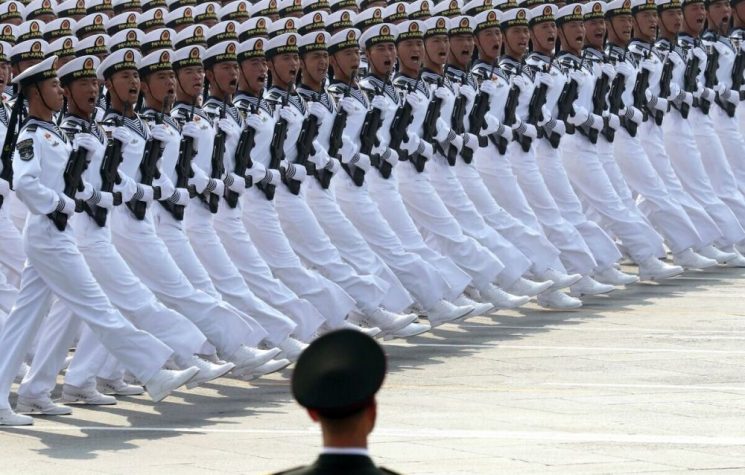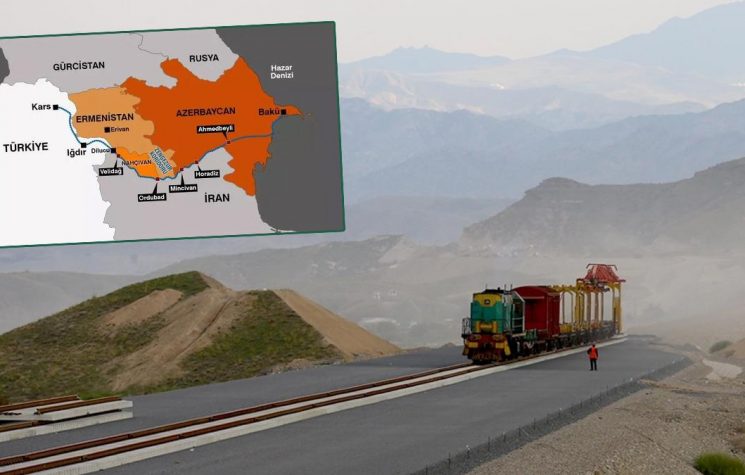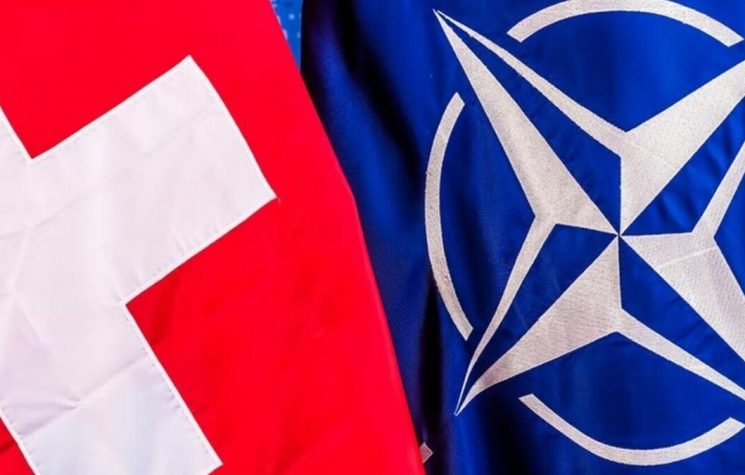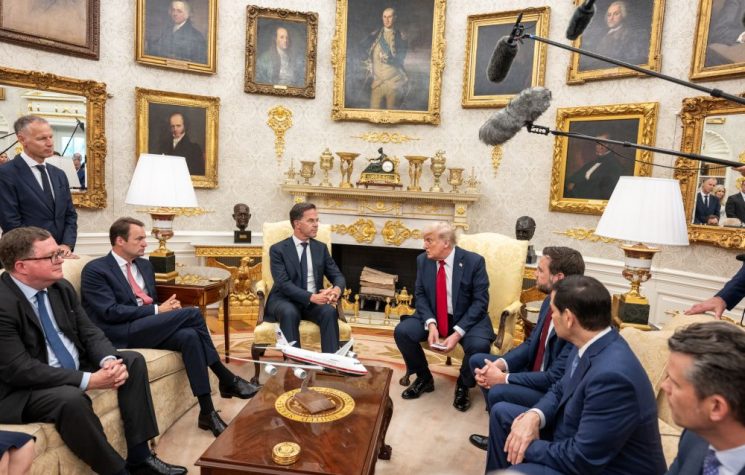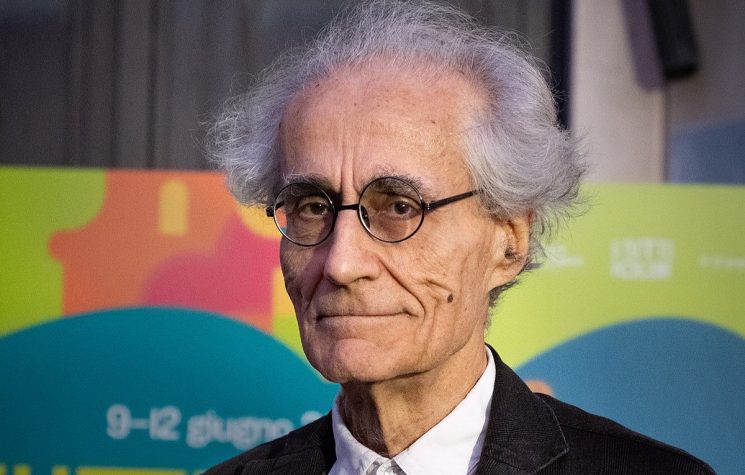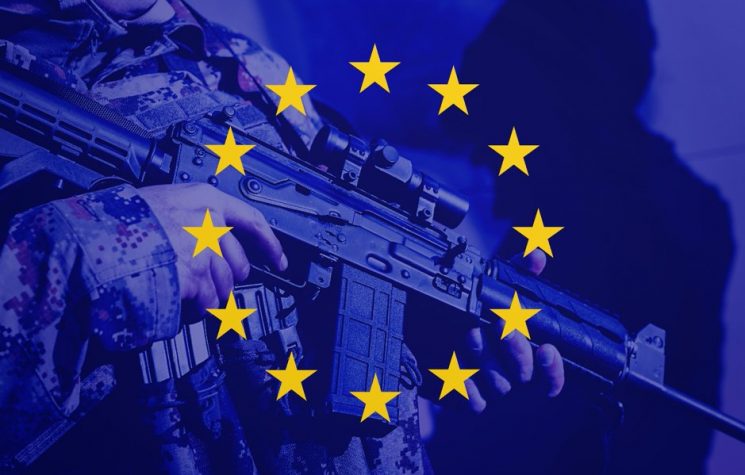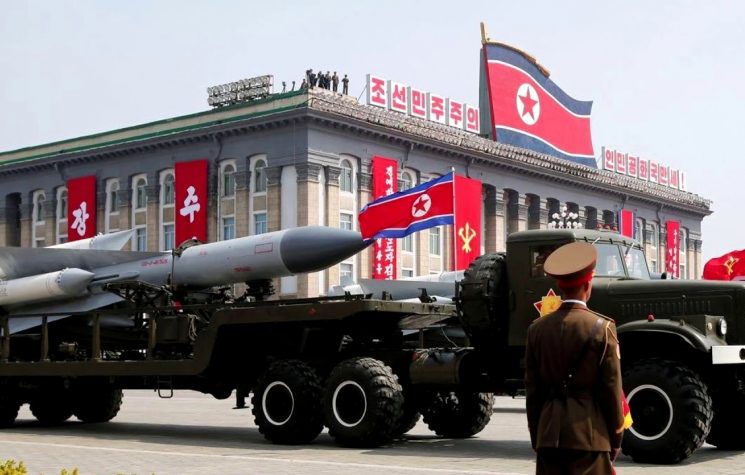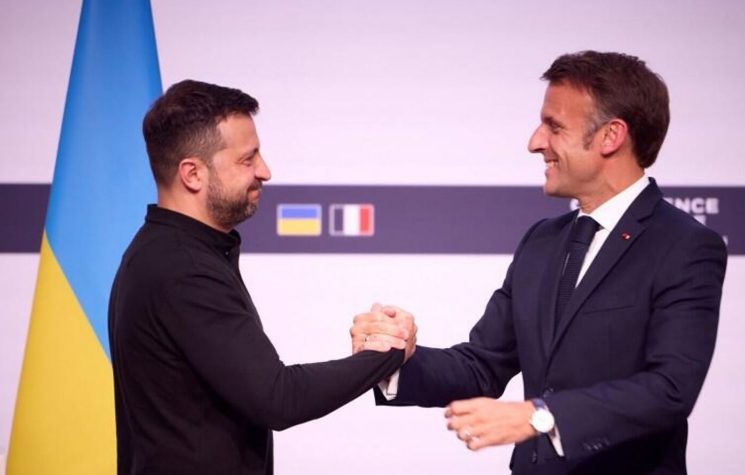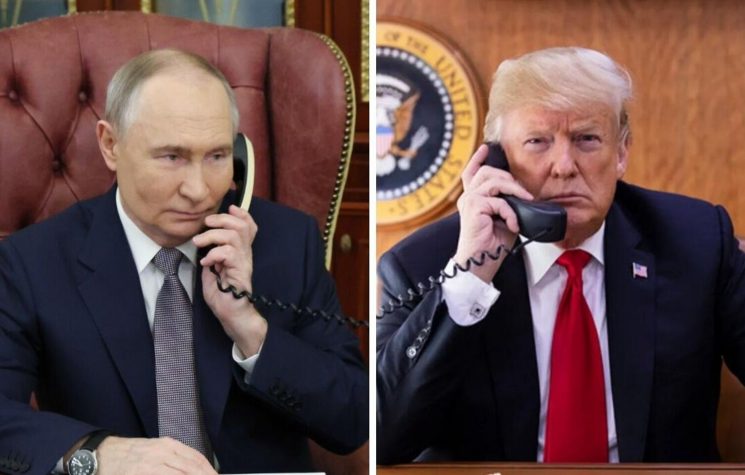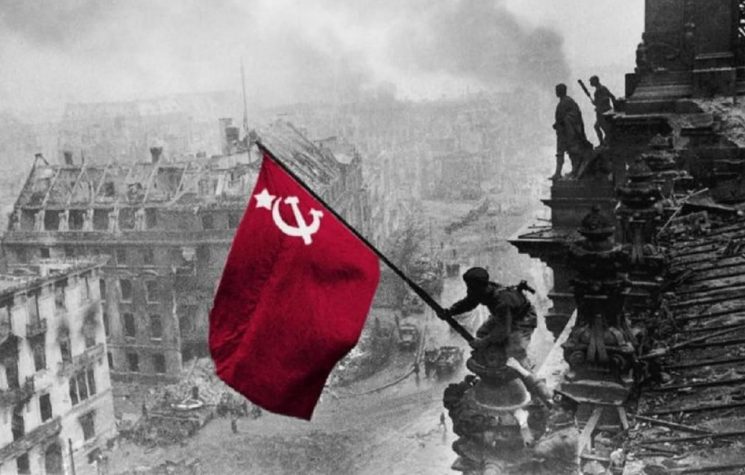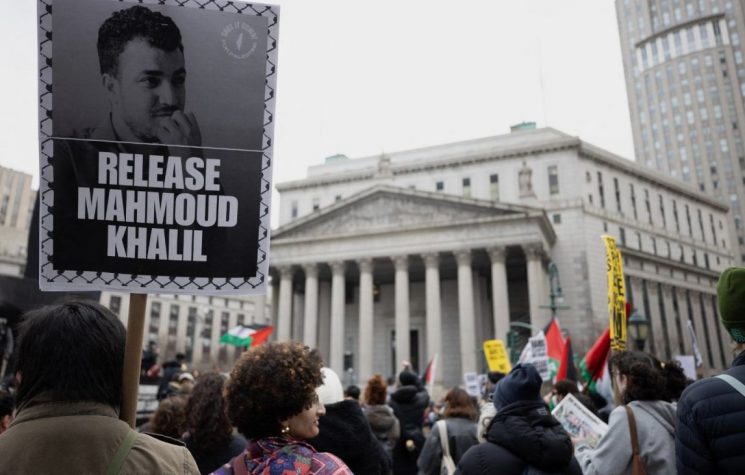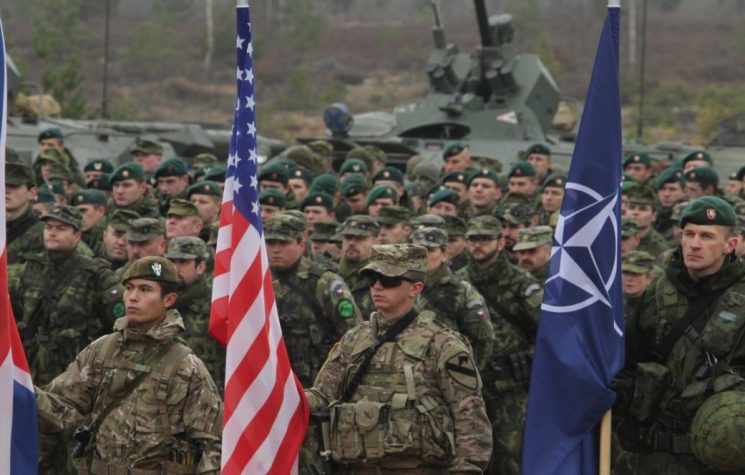On December 3rd, NATO Secretary General Jens Stoltenberg announced that NATO must address the “security implications” of China’s rise as a “military power”, and in true Orwellian doublespeak, insisted that he did not want to make an adversary out of Beijing but rather was interested in analysing how best to respond to the challenges China poses in a balanced way…by announcing it a ‘security threat’.
What are these challenges? That China now has the second largest defense budget in the world and has modern capabilities such as long-range missiles that can reach the whole of Europe and the U.S. This alone is apparently enough cause for Stoltenberg to announce publicly that NATO must address this as a challenge to western ‘security’ rather than actually engaging in diplomatic talks with China in order to resolve their concern in the matter like civilised people do. Let’s not forget that the American navy has been actively expanding their presence around China for several years now, yet despite this transparent hostility, it is China who is deemed a ‘security threat’ for having a competent defense budget.
But we know this is not the whole story.
Of course no bully likes it when their victim suddenly learns the art of self-defense, and who would be more paranoid of aggression than those who have been practising it for years on others only to increasingly find the tables turned.
This western paranoia of the communist boogeyman has its roots in Churchill’s Iron Curtain speech which ushered in the Cold War.
Last month was the 30th anniversary of the fall of the Berlin Wall, and along with its celebration the continuation of a false narrative, not only as to what had instigated the Cold War, but more importantly what the world was promised and ultimately denied when they were told that the Cold War was supposedly finally over.
In a recently published paper, On Churchill’s ‘Sinews of Peace’, I went over the drastic shift in geopolitics that occurred with the passing of Franklin D. Roosevelt who had upheld, along with his vice-president Henry Wallace, an anti-colonial post-WW II vision known as “The Century of the Common Man”. Churchill was very much dependant on American support to destroy the Frankenstein monster that the Bank of England had helped fund into significance and though Churchill loathed FDR’s vision, he was not in a position where he could outright resist it and instead found himself needing to make large compromises and often, most likely with the thought that this would all be temporary…and so it was.
Upon the death of FDR in 1945, the Iron Curtain speech shortly after created an oppressive division throughout the world, the effects of which we are still reeling from.
The Cold War division

Germany was officially divided according to this map by the Soviet Union, the UK, USA and France from 1945 to 1949. This was done to ensure that Germany would not attempt any further military action after WWII. It was Churchill’s Iron Curtain announcement in 1946 that turned the USSR into the free world’s public enemy #1, without any specific reason as to what the Soviets had done to warrant this declaration of the ‘Cold War’ division. This split with the Soviets was formalised in May 1949 when the British, French and American zones were joined to form the Federal Republic of Germany. The Soviets had no choice but to form a separate German republic in October 1949; the German Democratic Republic.
Despite these two German republics being set up, the British, French and American militaries would remain in West Germany until May 5, 1955, and ended their nearly 10 year occupation only after West Germany had joined NATO in 1954. Under these terms, West Germany would be allowed to establish a military force of up to half-million men and resume the manufacture of arms. The end of the Allied occupation of West Germany meant a full recognition of the republic as a member of the western alliance against the Soviet Union.
It should be evident that such manoeuvres were a clear show towards the USSR of not only a hostile stance but an ever increasing aggressive military doctrine that was preparing for a war.
Although West Germany was given ‘independence’ on a short leash, Allied presence never left West Berlin up until at least 1990. Berlin, as the capitol of Germany, held great strategic significance and became a form of battleground in intelligence gathering and espionage. Berlin had been split in two after WWII, and the Allied occupied West Berlin not only became a symbol of ‘freedom’ in response to the ‘tyranny’ of the Soviets, but was an important stronghold to keep in the Cold War, since it was in the middle of Soviet-held territory.
The blockade of roads and rail lines into West Germany by the Soviets in 1948-1949 and the later building of the Berlin Wall in 1961 were terrible decisions made by the USSR but should be measured in the context that such reactions were primarily instigated by an escalating western military aggression against them.
West Berlin would be surrounded by a wall that stretched out to 140 km, was 11.8 ft high, was for the most part electrified and had over 116 watchtowers and over 14, 000 guards and dogs. It would divide Berlin for 28 years.
This was indeed a very terrible period not only for those in Berlin but for much of the world. The Cold War thinking had allowed for the justification of the Spanish Inquisition-like Red Scare that occurred in the United States and elsewhere, where Americans who refused to follow the very narrow line of what was deemed acceptable thoughts and opinions in the free world newspeak could at any point in time face a judicial inquisition on them, akin to having committed a thoughtcrime.
Schools and workplaces were put through drills on a regular basis of how to react if the Soviets were to launch a nuclear bomb against America. Such tactics were used to put the American people in an ongoing fear state and thus quickly, the former allies who had by far the largest death toll in WWII in their essential role in combating fascism, were turned into a terrifying race of boogeymen with seemingly no sense of ‘humanity’ or ‘morality’.

As a quick side note, I want to bring attention to Elbe Day April 25, 1945, which marked the day when the American and Soviet forces met for the first time near the end of the war. There was a very strong comradery that occurred, and these men would become forever united since they experienced together the brutality and hardship of a hard won war.

It is also important to note that the Russians and Americans never had any historical conflict with each other at this point. In fact, Russia’s navy would place itself along both east and west coastlines of the United States during its Civil War to protect Lincoln’s Union from foreign intervention- that is, from Britain and France. The Russian navy were treated as heroes during their seven month stay in the US
Therefore, American and Russian soldiers had always been comrades in arms up until the point of the Iron Curtain speech by Churchill, upon which a division would be forcefully imposed between the two.
China’s invisible role
China’s involvement in both WWI and WWII is too often forgotten today. What is also forgotten is that the Iron Curtain was also directed against their country, and the level of extreme betrayal that occurred against them was on par with that suffered by the Soviet Union. Recall that under FDR’s post-war vision, both Russia and China were intended to be equal partners alongside the USA and Britain in shaping a multi-polar world order.
When WWI had started, China offered their support militarily to the cause of the Allies. Japan had already become a member of the Allied force and it was recognised that their relationship with China was not on ‘friendly’ terms, especially since the First Sino-Japanese War in 1895. China’s loss in this war allowed for a series of treatises that divided chunks of China amongst several nations. One particular region that China very much wanted back was Shandong, which was considered sacred land for the Chinese people since it was not only Confucius’ birthplace but also home to the ancient state of Qin, the last kingdom conquered by Qin Shi Huang, who proclaimed himself China’s first emperor in 219 B.C. Japan was at the time in possession of this region.
Japan was asked whether China could be ‘permitted’ to contribute military support for the Allied cause, to which Japan refused since this would give China a more equal footing with its relations to the West. Despite this refusal, China offered to support the Allies as laborers. Starting in 1916, China began shipping thousands of men to Britain, France and Russia who would work to repair tanks, assemble shells, transport supplies and munitions. Since China was officially neutral, commercial businesses were formed to provide the labor.

After a year of supplying labor, the Chinese contribution remained largely unrecognised diplomatically. By the end of the war, Chinese workers would rank as the largest and longest-serving non-European contingent in WWI.
By the end of the war, western powers ultimately awarded the Shandong territory to Japan in the Treaty of Versailles. China was understandably upset and refused to sign the treaty. The Versailles Treaty became a clear sign to the Chinese that they could not trust the European nations to support China’s welfare and that China would have to look elsewhere for support moving forward. [America did eventually intervene on this decision and awarded the territory to China in 1922.]
Another blow would be China’s earning of only two seats at the Paris Peace Conference, relative to Japan’s five seats, the reason why China had fewer seats was because they did not play a military role in the war- a role they were forbidden to play.
When WWII started and Japan had taken the side of fascism, China contributed its military forces on the side of the Allies. China had the second highest death toll in WWII after the Soviet Union. However, if you look more closely at the graph depicted above, the number of civilian deaths is much higher than military deaths (by about 12 million). This is because the Japanese fascists committed genocide on the Chinese people. The most notorious being the Nanking massacre which not only had a gruesomely large death toll but became infamous for its horrific torture and mass rape on the Chinese people. During this ethnic cleanse by the Japanese fascists throughout the entire WWII (which overlapped the second Sino-Japanese war), mass graves were dug out and millions of Chinese people would be told to step inside before they were shot to death. The Jewish holocaust is recognised as one of the worst crimes against humanity in recent history. However, not much is given to the memory of the mass genocide that was committed on the Chinese people during the same period.
Despite their great sacrifices, both the USSR and China would be labeled less than a year after the war as the new face of anarchy and barbarism, not by their actions but simply because Churchill and the British Empire had decided it so.
The empty promises of a post-Cold War world
On November 9th, 1989 the Berlin Wall fell and the end of the Cold War quickly followed… or at least this is what we are told.
The USSR agreed to the destruction of the Berlin Wall specifically on the basis that the western powers would agree to dismantle the war drive and that NATO would cease to expand its military bases any further. Many of the terms of these agreements were outlined in the Treaty on Conventional Armed Forces in Europe. However, this treaty that promised the dissolution of the Cold War paradigm was ultimately breached by NATO, with Russia suspending its participation in 2007 and in 2015 ultimately removing its participation in the treaty since NATO had no intention to honor it. Since the supposed end of the Cold War, NATO has only continued its expansion, increasing tension towards an ultimate conflict with Russia.
In 2007, President Putin gave a now famous speech at the Munich Security Conference. In this speech he discussed the fallacy of a unipolar world order envisioned by NATO and that there can only exist a multipolar world at this stage in history:
“This universal, indivisible character of security is expressed as the basic principle that “security for one is security for all”. As Franklin D. Roosevelt said during the first few days that the Second World War was breaking out: “When peace has been broken anywhere, the peace of all countries everywhere is in danger.”
I consider that the unipolar model is not only unacceptable but also impossible in today’s world. And this is not only because if there was individual leadership in today’s – and precisely in today’s – world, then the military, political and economic resources would not suffice. What is even more important is that the model itself is flawed because at its basis there is and can be no moral foundations for modern civilisation.”
Where are we now?
We need to grow up, and grow up fast. We cannot afford to be led by childish stories of the boogeyman and be governed by fear so easily any longer.
It is time we, the West, recognise our faults and hypocrisy. The western hegemony over the world is coming to an end and we should be happy for our brothers and sisters who have a renewed hope for a better life, largely from the New Silk Road. We have no place to condemn their rise as a threat to western stability. Western powers have been guilty of breaching trust with the Russians and Chinese time after time. We need to correct this monstrous inability to be able to trust and love those outside the western sphere. These cultures, some which may have been considered by us backwards not that long ago, have grown and cultivated themselves such that we today look very small next to them. We have become the backwards culture. We have become the barbaric culture that only knows war and is a disbeliever in peace. We who are privileged enough to never have experienced war in our homelands for almost a century, are the ones who condone it as necessary on others. What an ugly belief this is. It is time the West, and its people, have the humility to admit that they have something to learn from the rest of the world. Only then can there be a true dialogue amongst civilisations towards the common goal of peace.








